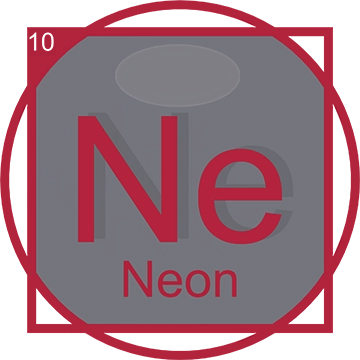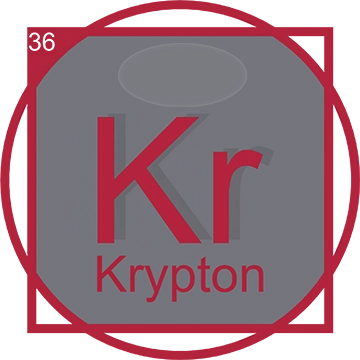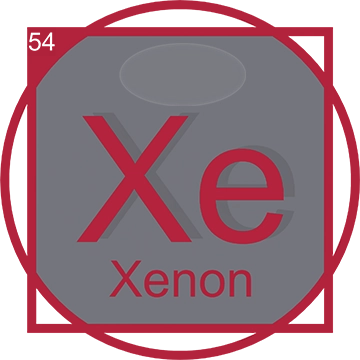Neon: Illuminating Science and Technology
Neon, symbol Ne and atomic number 10, is far more than just a vibrant spectacle in colorful neon signs; it is a noble gas that occupies a crucial role in the contemporary scientific arena. This article explores in-depth the intriguing history of neon’s discovery, its unique characteristics, and the broad range of applications it has inspired throughout the years, highlighting its importance across various fields of technology and science.
Discovery of Neon Ne
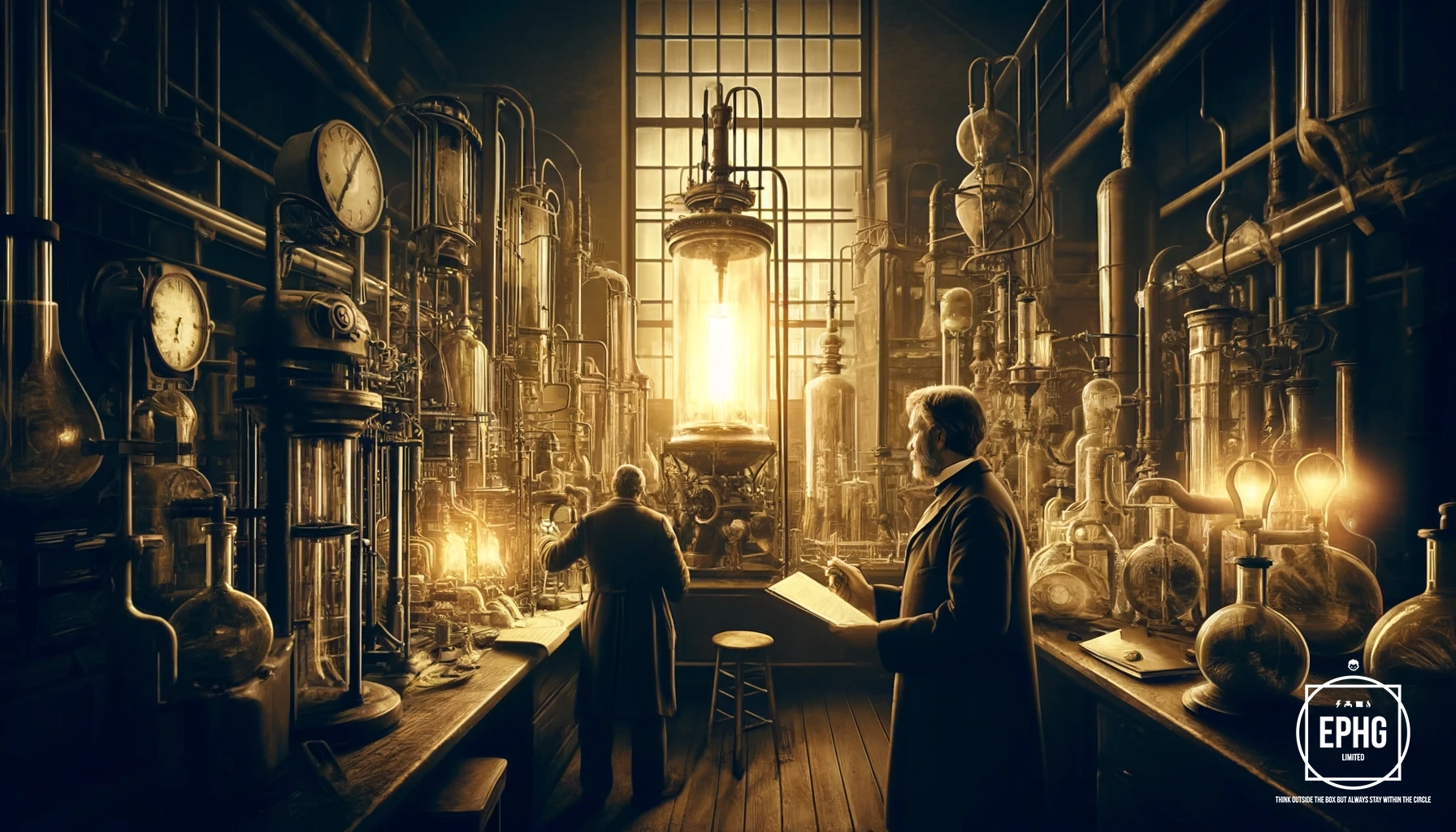
Neon was discovered in 1898 by the British chemists Sir William Ramsay and Morris W. Travers during a historic period of intensive research into the components of atmospheric air. This significant discovery came shortly after their isolation of krypton, another member of the noble gas family. Neon was identified through meticulous studies involving the liquefaction and fractional distillation of air, a process that effectively separated and isolated neon from other gases. The successful isolation of neon not only marked a milestone in the study of atmospheric gases but also underscored the emerging understanding of the noble gases and their place in the natural world.
Neon in the Periodic Table
Positioned in Group 18 of the periodic table, neon is part of the noble gases family, characterized by their extreme unreactiveness due to having complete valence electron shells. This group also includes helium, argon, krypton, xenon, and radon. Neon's placement reflects its chemical inertness and rarity in the atmosphere.
Physical and Chemical Properties of Pure Neon
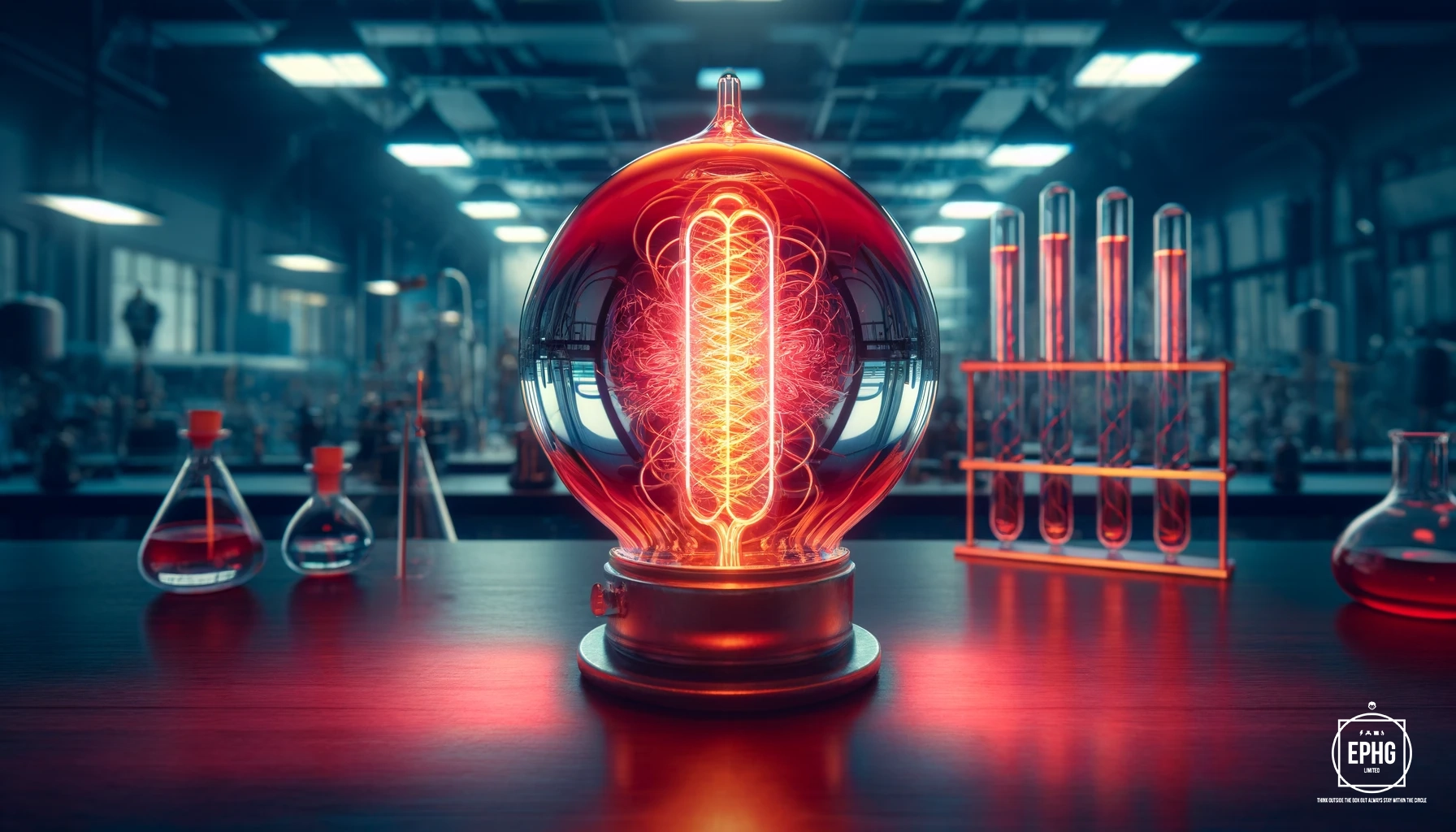
Pure Neon is a colorless, odorless, tasteless gas under standard conditions, and it exemplifies the unique properties of noble gases. It is the fifth most abundant element in the universe by mass, found predominantly in the stars, where it exists in a pristine, uncombined form. On Earth, pure Neon is quite rare, making up only about 0.0018% of the atmosphere. Its most remarkable property is its ability to emit a distinct red-orange glow when electrically charged in a vacuum tube, a result of its high degree of purity and inert nature which prevents it from forming compounds under normal conditions.
Applications of Neon in Technology
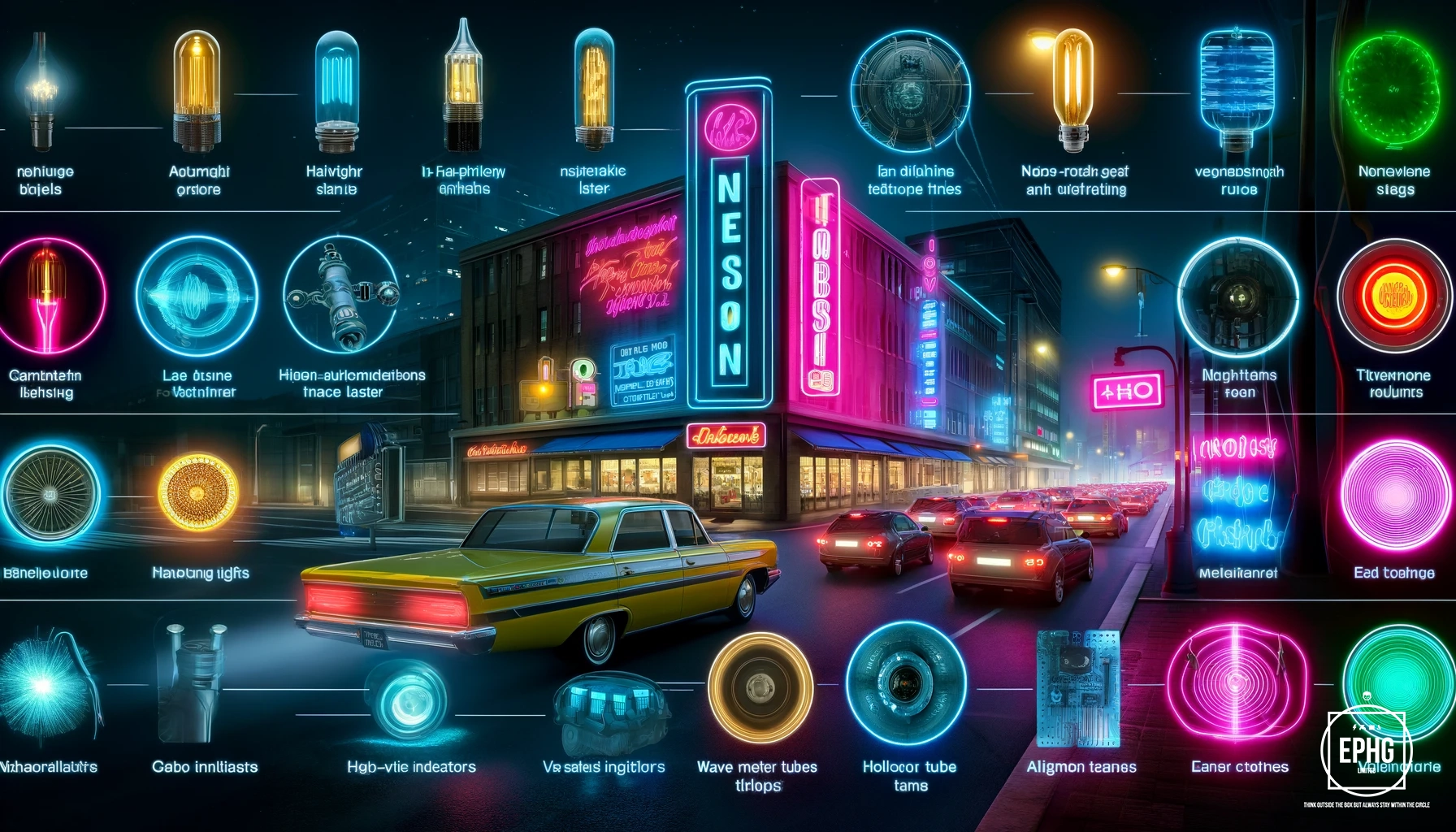
Neon's most recognizable use is undoubtedly in neon lighting for advertising signs, where its bright, vivid glow captures the attention of passersby. However, the applications of neon extend far beyond these glowing displays. It plays a critical role in high-voltage indicators, vacuum tubes, wave meter tubes, and television tubes, where its properties help in the efficient functioning of these devices. Additionally, neon is a key component in helium-neon lasers, which are widely used in the retail and manufacturing industries for barcode scanners and precise alignment tools.
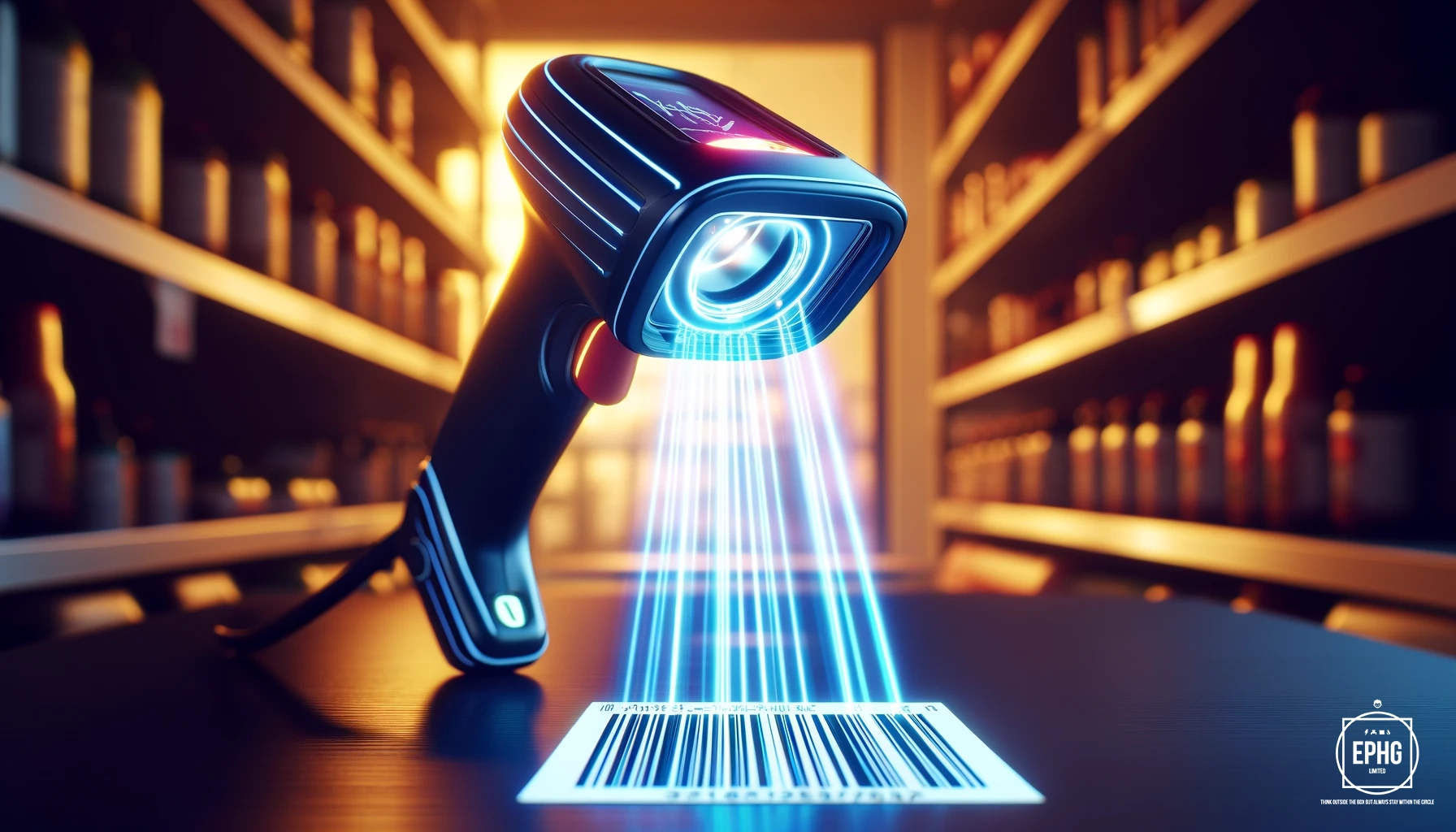
In the field of electronics, neon's ability to emit light at specific frequencies when electrically charged is utilized in voltage regulation and protection. This property is particularly valuable in protecting delicate electronic components from high voltage surges. Furthermore, neon finds significant usage in cryogenic refrigeration as a liquid. It serves as an economical and effective cooling agent for superconducting magnets, which are crucial in high-tech applications such as Magnetic Resonance Imaging (MRI) machines and nuclear magnetic resonance spectrometers. These devices rely on neon's cooling properties to maintain the necessary low temperatures for optimal performance.
The versatility of neon in various technological domains underscores its importance beyond just aesthetic applications. Its utility in scientific instrumentation, particularly in environments requiring high precision and reliability, showcases neon's broad impact on modern technology and industry.
Production and Sourcing of Neon in Education
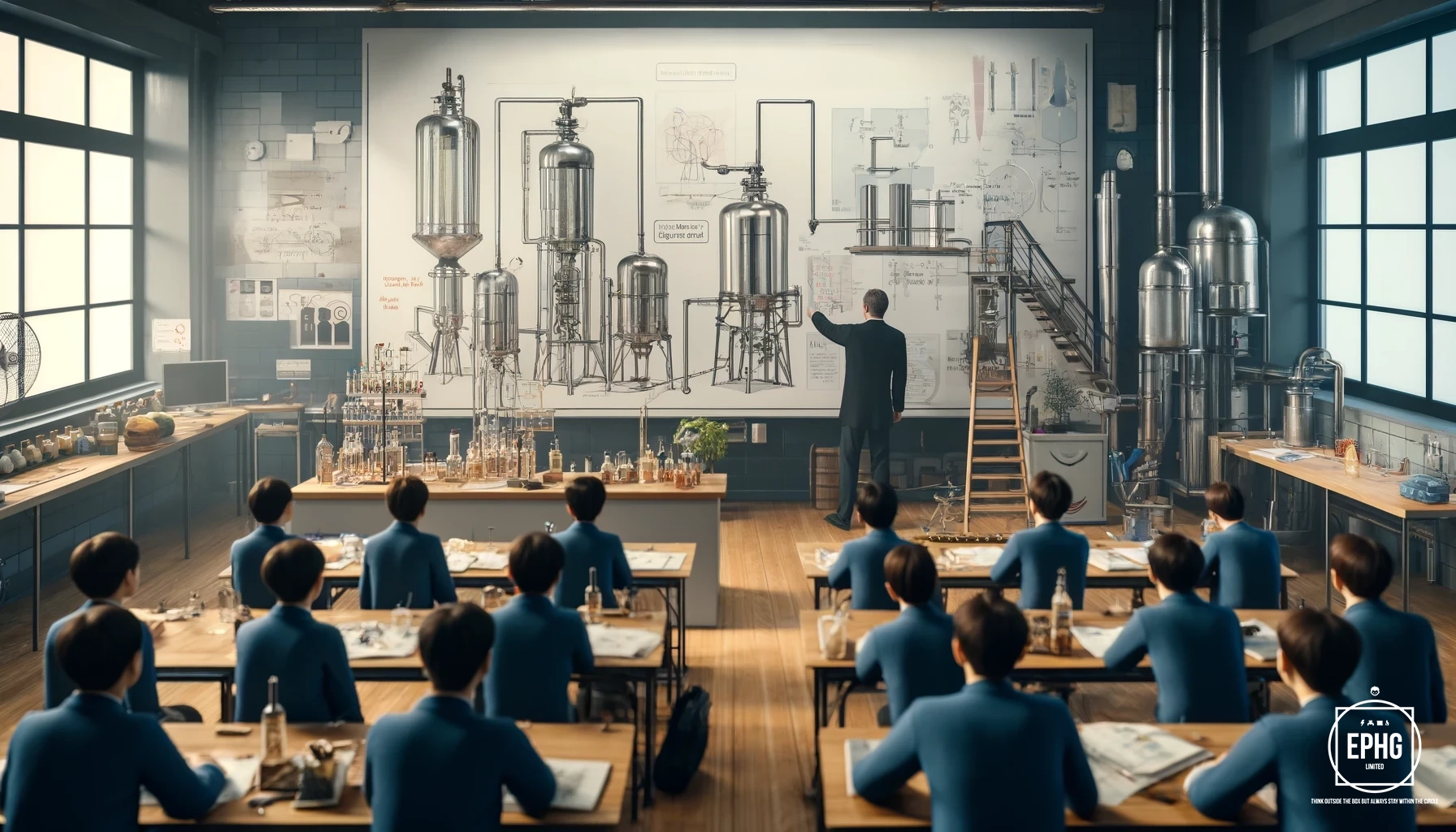
In the educational depiction seen in the classroom setting, the production of neon is demonstrated through an intricate model of fractional distillation of liquefied air. This method, essential for the production of neon, involves separating air into its constituent gases—primarily nitrogen, oxygen, and argon—with neon being one of the final products due to its lower concentration in the atmosphere. Students learn how this complex process efficiently isolates neon and other gases, illustrating the practical application of chemistry and physics in extracting and utilizing atmospheric gases.
Major production facilities are located in regions with extensive infrastructure for air liquefaction and gas separation, including facilities in the United States, Russia, and China. While neon is extracted, other rare gases like krypton and xenon are often collected from the same source.
Current Uses of Neon
Today, neon is predominantly used in neon lighting for advertising and artistic displays due to its distinctive red-orange glow. Beyond lighting, neon serves critical roles in high-voltage indicators and vacuum tubes, contributing to safety and efficiency in electrical applications. Additionally, neon is vital in the operation of helium-neon lasers which are extensively used in commercial and industrial applications such as scanning and alignment tools, and in medical instruments for non-invasive procedures.
Future Prospects of Neon

The future of neon looks promising with its potential expanding into new technological frontiers. As researchers explore more about superconductivity and plasma physics, neon could play an instrumental role due to its unique properties at ultra-low temperatures. Innovations in lighting technology and telecommunications might also see increased usage of neon, particularly in the development of next-generation laser systems and advanced optical devices. Furthermore, the ongoing push towards more sustainable and energy-efficient technologies suggests a growing role for neon in environmental monitoring and renewable energy systems.
